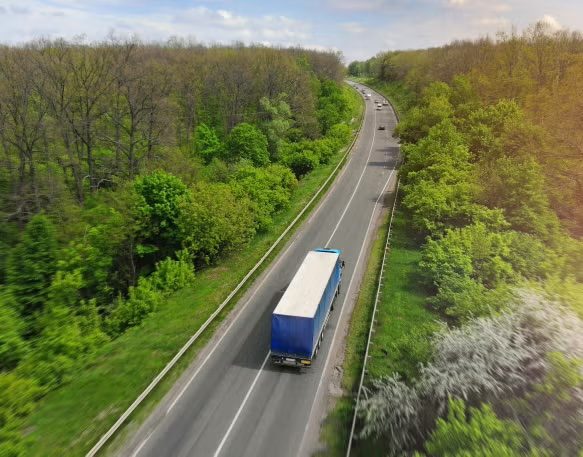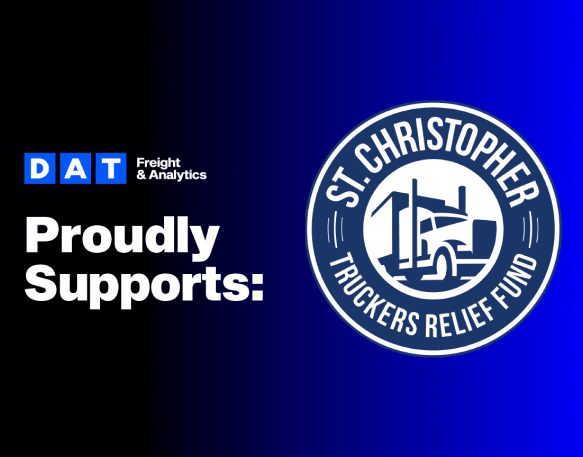No event brings the future of our industry into sharp focus like Manifest. Let’s review the overarching themes and ideas of the conference this year, including highlights from Chris Caplice’s panel discussion.
Key themes from Manifest 2025
AI and predictive supply chains
Artificial intelligence (AI) continues to revolutionize supply chain management by enabling more accurate demand forecasts and efficient operations. At Manifest, experts highlighted how predictive analytics in supply chain decision-making isn’t just a competitive advantage anymore — it’s becoming a fundamental necessity.
AI-driven systems are helping companies better anticipate demand fluctuations and proactively adjust operations to optimize costs and minimize waste. From leveraging historical data to predicting future trends, these tools are transforming businesses one algorithm at a time.
Automation and robotics
Warehouse automation and robotics stood out as crowd favorites this year. With increased demand for speed and efficiency, many sessions showcased how robotics in warehouses and fulfillment centers are helping companies achieve new levels of productivity.
Machines that can process items quicker than any human have proven critical in meeting e-commerce demands. The consensus? Automation isn’t replacing manpower, it’s complementing it. Experts emphasized the partnerships between skilled workers and highly specialized robotics to achieve seamless, hybrid operational environments.
Visibility and transparency
End-to-end visibility continues to be a priority for supply chains striving for better operational efficiency – this is where our new partnership with Trucker Tools really shines, where transparency is a huge motivator for new products and features. Panels at Manifest underscored the importance of platforms that track shipments in real time, monitor metrics like temperature for sensitive goods, and provide clarity on delivery times.
Companies using visibility tools have reported fewer delays, lower costs, and improved customer satisfaction.
Fraud, theft, and security
Security took center stage as many sessions addressed how to mitigate risks like freight fraud, cargo theft, and cybersecurity breaches.
The ongoing focus is on deploying digital solutions to ensure the integrity of supply chains across industries. Manifest reinforced the need for technology-enabled strategies to improve authentication, enhance monitoring, and secure data systems from external threats. We’ve seen the need here, which is why we’ve built a robust Carrier Management Suite. It’s a one-stop-shop for building trusted networks.
Chris Caplice’s panel discussion
Arguably one of the most talked-about sessions this year was Chris Caplice’s panel, “Leveraging Data in Supply Chain Decision-Making.” The discussion gathered exceptional leaders and thinkers to explore the demand for actionable and reliable freight data.
Why data is essential
Caplice emphasized how data is reshaping the freight landscape. Data analytics tools now enable companies to identify inefficiencies, lock in cost-saving opportunities, and improve performance like never before.
The panel featured a stellar lineup of experts, including leaders from companies like Toyota Motor, Fabletics, Fetch Fulfillment, and Pendulum Therapeutics. Panelists shed light on practical applications of data in their respective industries, including how advanced business intelligence (BI) tools enable them to forecast demand, identify key drivers, and optimize capacity.
Key takeaways
From Caplice’s panel to sessions focused on fraud prevention and cost resilience, the themes carried clear, practical advice for freight professionals:
- Leverage predictive analytics – Stay ahead of potential disruptions by implementing predictive supply chain models.
- Invest in automation – If you’re not already incorporating warehouse robotics, now’s the time to start exploring these solutions.
- Prioritize real-time visibility – Adopt tools that provide real-time shipment tracking to boost customer confidence and operational accuracy.
- Use data to drive decisions – Secure BI tools that allow you to contextualize data and identify key performance drivers.
What’s next for the industry?
Manifest showcased that the future is bright for logistics and freight innovation, but challenges remain. Geopolitical uncertainty and tension has created an environment of more questions than answers. That’s why the need for adaptable, technologically advanced solutions has never been greater.
Events like Manifest not only provide a platform for dialogue but also shine a light on the inspiring changes emerging across our sector. Freight experts, logistics professionals, and supply chain leaders left the event with both a sense of pride in the industry’s progress and the motivation to push boundaries further.


